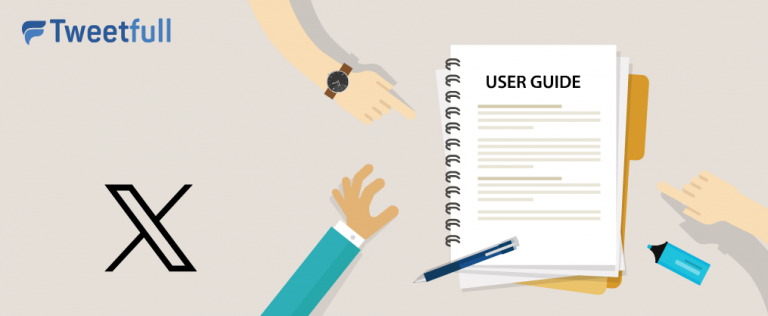Why Your Twitter Marketing Tactics Stopped Working (and What to Do Instead)
X (formerly Twitter) remains the internet’s live wire—great for real-time dialogue, PR moments and cultural relevance. But many brand playbooks that worked even a year ago are sputtering now. Organic reach is thinner, feeds are noisier, and the rules of visibility are in flux. Below are the traps brands keep falling into on X in 2025—and the moves that actually work.
1) Treating Link Posts Like Traffic Cannons
For years, social managers blasted links expecting clicks. In 2025, link posts often underperform because X wants people to stay in-app. Plain “read this” links without context now struggle to earn reach.
Do instead: Wrap links in native value. Lead with a summary, stat card, or short native video. Treat the click as a bonus, not the main event.
2) Hashtag Stuffing (Especially in Ads)
Hashtags are no longer a magic visibility lever—especially for paid posts. In June 2025, X banned hashtags in ads to “clean up” the look of promoted posts. Organic posts can still use them, but overstuffing looks spammy.
Do instead: Use 1–2 precise, brand-relevant tags in organic content. For ads, build creative that communicates the benefit without relying on hashtags.
3) Posting and Ghosting
Engagement rates have slid in the last year, and users now expect fast replies. If you post and vanish, the algorithm and your audience both take note.
Do instead: Pair publishing with listening and conversation. Commit to reply times (e.g., within 2–3 hours), and design posts that invite responses.
4) Betting on Pure Text When Video Rules
Static text still has a place, but native video consistently outperforms other formats. If your mix is text-heavy threads, you’re leaving engagement on the table.
Do instead: Add short native clips, GIFs, or quick product demos. Optimize for watch time, not polish.
5) Assuming the Algorithm Plays by Old Rules
X’s recommendation system is shifting fast, with more AI-driven ranking. Old tricks like timing hacks and engagement bait are unreliable.
Do instead: Build for durable signals: Bookmarks, thoughtful replies, and genuine conversations.
6) Ignoring Brand Safety in Ads
Brand-safety concerns remain a hot issue. If your paid plan assumes frictionless scale, you may be disappointed.
Do instead: Start with small, monitored budgets. Scale only into inventory that proves safe and effective.
7) Chasing Vanity Metrics
Follower counts and raw impressions don’t drive business outcomes. Time on platform is down, and engagement rates have cooled.
Do instead: Optimize for profile visits, pinned CTAs, DMs, and sign-ups. Use UTM tags to prove ROI.
8) Posting at “Best Times” Without Testing
Global “best times to post” charts are too generic. Your audience may be active at different times.
Do instead: Use your analytics to test windows, find your own engagement heatmap, and re-test quarterly.
9) Treating X as an Island
Cross-platform repurposing is now essential. Brands who isolate X miss reach and compound effects.
Do instead: Create a “content spine.” Turn one blog or video into: an X thread, a 30-second clip, a stat card, and a Space/Q&A. Connect them all through your profile and pinned tweet.
Final Word
X isn’t “dead,” but the easy wins are. The brands winning in 2025 are those shipping native value, mixing formats (especially video), showing up to converse, and tracking ROI. Update your playbook, and X can still be a major growth driver.
Looking for smarter ways to grow your audience on X? TweetFull can help you scale engagement the right way.







